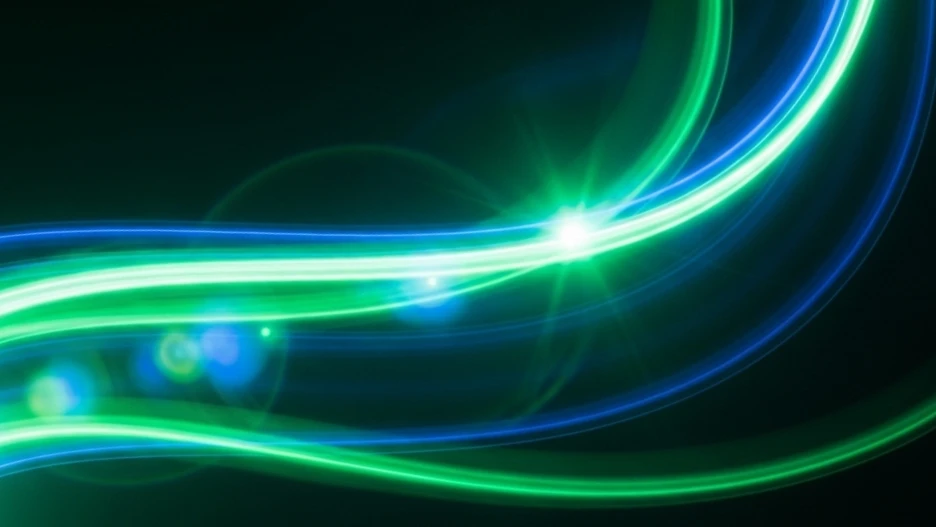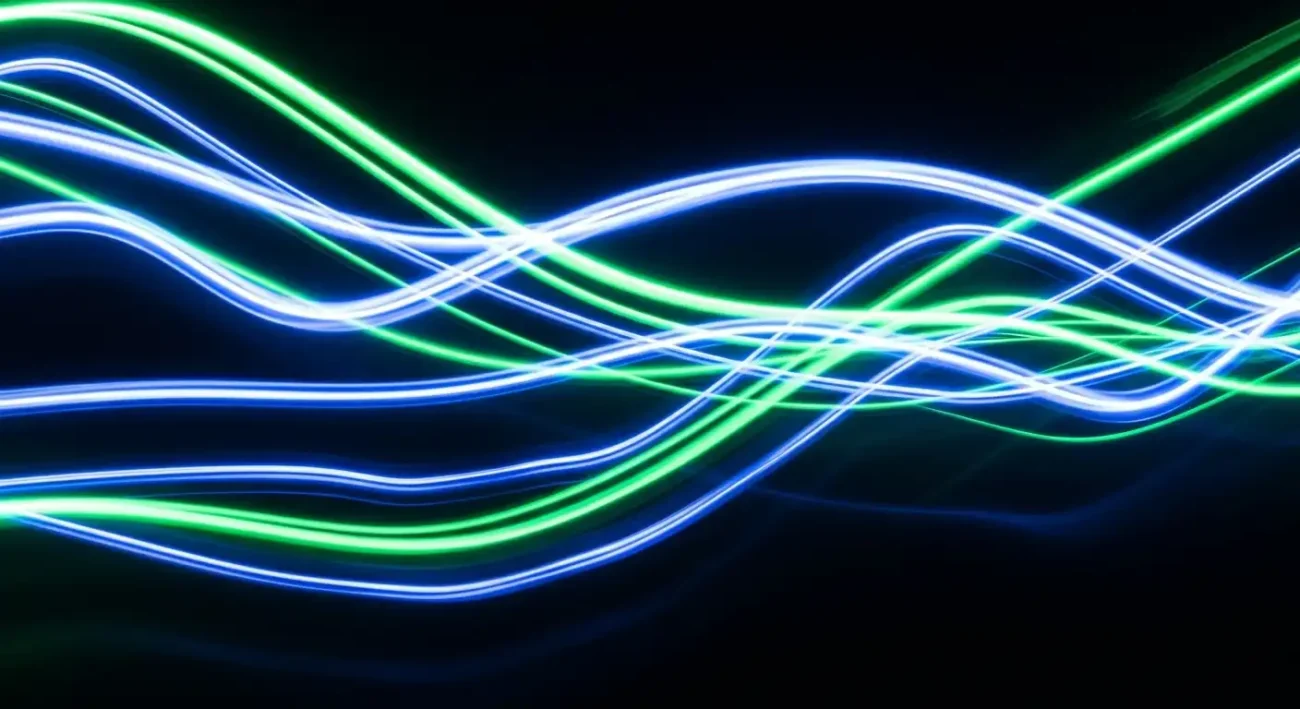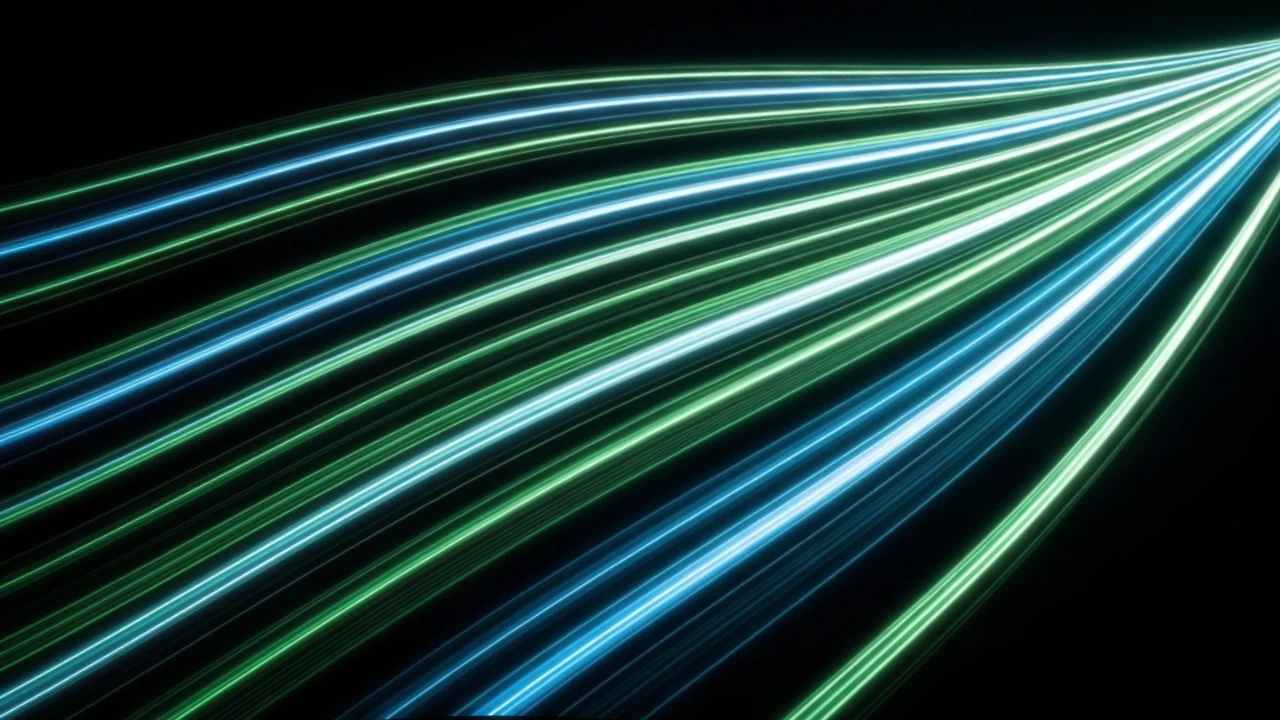
SEO & PPC in 2025: Still Better Together—But the Playbook Has Changed
Why SEO & PPC Have Always Influenced Each Other
Shared real estate = extra clicks.
Google’s long running “Incremental Ad Clicks” research shows that, on average, 89 % of paid clicks are not replaced by organic clicks when ads are paused, confirming that simultaneous visibility delivers incremental traffic rather than cannibalization. Google Research
Keyword & intent overlap.
A 2024 Ahrefs analysis of 2.3 million keywords found that 38 % of advertisers already rank in the organic top10 for the same terms they pay for, highlighting how the two channels chase (and can share) the same demand. Ahrefs
Data feedback loops.
Query, CTR, and conversion data that surfaces in one channel almost always improves the other—whether that’s feeding high converting paid search terms into content calendars or using Search Console questions to spawn new Responsive Search Ads.
What’s Changed Since 2023
| 2023-25 Development | Why It Matters to the SEO/PPC Relationship |
|---|---|
| AI Overviews crowd the SERP | Google’s generative summaries now appear on ~42 % of U.S. desktop queries and have lowered organic CTR for the top result by 32 %. Search Engine LandSearch Engine Journal |
| Performance Max (PMax) evolves | Google added channel level and asset level reporting plus full search term visibility in 2024/25, but placement is still largely automated—making organic intel vital for brand safety exclusions. blog.googleblog.google |
| AI-centric ad buying surges | Platforms like PMax, Meta Advantage+, and Amazon AI bidding transformed media from manual to algorithmic. Staying profitable now demands first-party intent signals—often harvested through SEO content. Search Engine Journal |
| GA4 attribution shakeup | New channel group dimensions and paid/organic splits in early 2024 shifted conversion credit, forcing many marketers to recalibrate ROI models. Search Engine Land |
| Core Web Vitals update | Interaction to Next Paint (INP) replaced FID in March 2024. Faster INP improves both organic rankings and Google Ads Quality Score, directly lowering CPC. web.dev |
| Third party cookie turbulence | Chrome began restricting cookies for 1 % of users in Jan 2024 and continues to push the Privacy Sandbox. First-party data collection is now a prerequisite for accurate Smart Bidding & remarketing. blog.google |
What Hasn’t Changed
Intent is still the master signal.
Whether the result is a blue link, an ad, or an AI card, Google’s systems reward answers (and bids) that satisfy search intent fastest.
Channel synergy keeps paying off.
Search Engine Land’s ongoing “incrementality” tests continue to find measurable lift when brands appear in both paid and organic positions. Search Engine Land
Visibility builds brand—and savings.
Strong organic presence on branded terms lowers average CPCs, because Quality Score improves when landing page relevance and historical CTR are high.
Nine Action Steps to Optimize SEO + PPC Together in 2025
1. Quarterly keyword intent map (organic + paid).
• Merge Google Ads Search Terms, PMax search themes, and Search Console data. Tag by intent (informational, commercial, transactional) and assign SEO, PPC, or dual ownership accordingly.
2. Use PPC as a real time copy laboratory.
• Test headlines and calls to action in Responsive Search Ads; roll the winning variants into title tags and meta descriptions to lift organic CTR.
3. Optimize for AI Overviews & Generative Engine Optimization (GEO).
• Summarize answers in 23 sentences high on the page.
• Add schema (FAQ, How To) so the same content can power paid sitelinks and AI cards.
• Reinforce EEAT with author bios and citations.
4. Tame Performance Max’s black box.
• Break out asset groups by product line.
• Upload negative keyword lists informed by low quality organic queries.
• Monitor the new asset level conversion report; expand winning creative into longform blog or landing page content. blog.google
5. Lean into first party audiences & RSLA.
• Gate calculators, templates, or white papers to grow remarketing pools; sync them to Google Ads for Remarketing Lists for Search Ads and match messaging in nurturing SEO content.
6. Hit the INP sweet spot.
• Aim for ≤ 200 ms INP on mobile. Pages that clear Google’s “good” threshold see higher organic visibility and better Quality Scores, reducing both CPC and bounce. web.dev
7. Audit GA4 channel credit before budgeting.
• Compare 2023 vs. 2024 paid search credited conversions; reallocate spend to the channel (organic or paid) that truly drives marginal revenue, not duplicated conversions. Search Engine Land
8. Prep for the cookieless future now.
• Implement server side tagging or a cleanroom solution; pass Consent Mode pings to Google Ads so Smart Bidding keeps learning even as third party cookies fade. blog.google
9. Report holistically.
• Build Looker Studio dashboards blending paid impression share, organic visibility, assisted conversions, and blended CPA. Executives care about total revenue, not channel silos.
Final Thought
SEO and PPC are no longer “left rail vs. right rail.” Generative AI, automation, and privacy shifts have redrawn the battlefield, but they haven’t broken the bond between the two disciplines. Brands that pool data, creative insights, and first-party audiences will adapt fastest to AI-driven SERPs—owning both the answers and the ads. Follow the steps above to protect visibility today and futureproof your search strategy for whatever Google serves up next.
Get In Touch
Market Vantage is ready to assist in any portions of your 9-step program. Care to discuss it? Set a time for a free consultation at your convenience.




